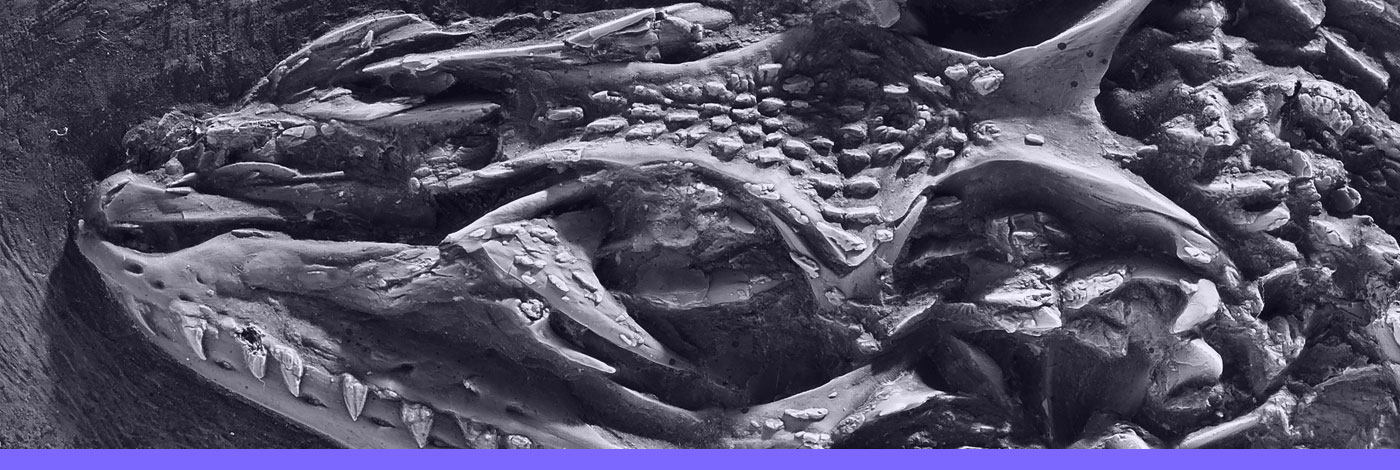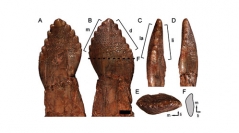

 Comptes Rendus Palevol
16 (8) - Pages 832-840
Comptes Rendus Palevol
16 (8) - Pages 832-840This communication aims to describe an isolated sauropodomorph tooth (MPEF-PV 10860) from the Cañadón Asfalto Formation and test its phylogenetic relationships with other sauropodomophs. The novelty of this specimen implies a combination of features present in non-sauropod sauropodomorphs (coarse denticles at 45° with respect to the margin, absent marginal grooves and lingual concavity) and others previously referred to as synapomorphic of Sauropoda and subgroups of this lineage (D-shaped cross section, enamel-wrinkling). A comparison with formerly defined sauropod tooth morphotypes from Cañadón Asfalto highlights major differences in enamel-wrinkling, having a simpler and more homogeneous pattern. The crown proportions, compared with other sauropodomorph teeth, retrieve MPEF-PV 10860 within the morphospace of sauropods in two different age-ratio scatterplots, and the phylogenetic analysis depicts this specimen in multiple positions within Sauropodiforms but outside Eusauropoda, indicating the presence of both eusauropods and non-eusauropods in the Cañadón Asfalto Formation, and of a putative new species.
Sauropodomorpha, Sauropodiformes, Cañadón Asfalto Formation, Late Early Jurassic, Chubut, Argentinean Patagonia